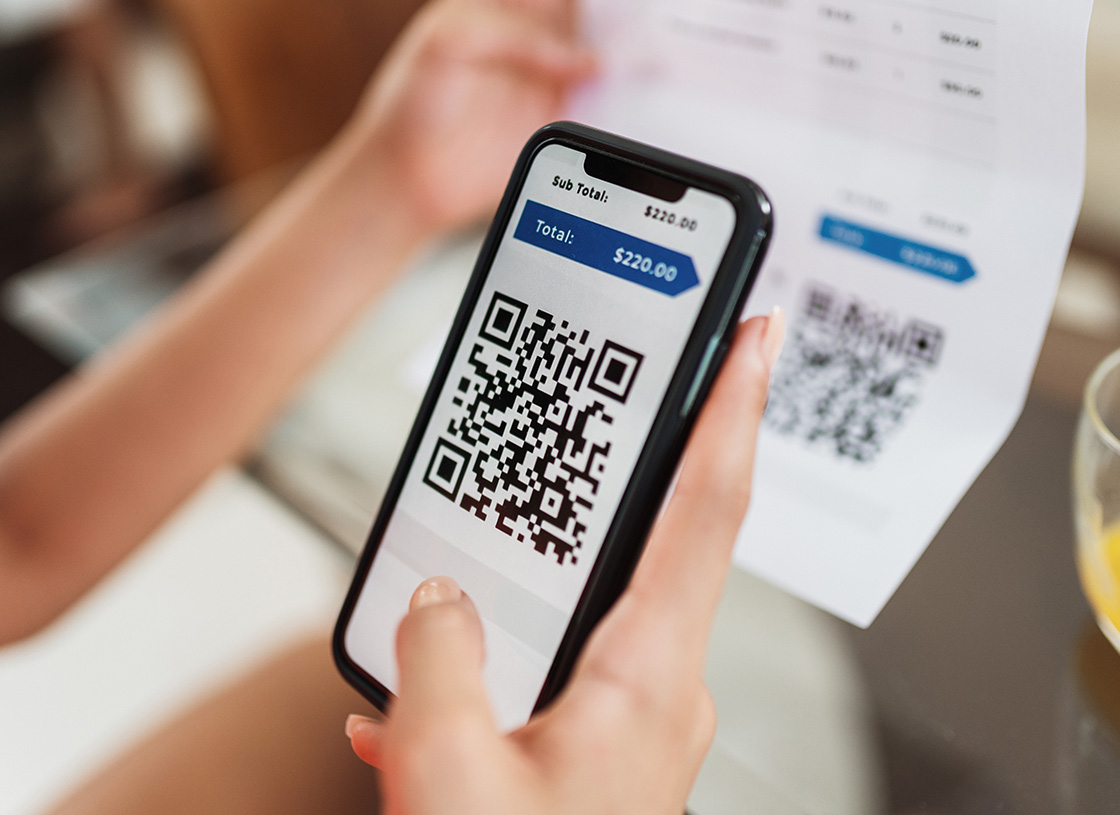- High Response Rates: According to the Data & Marketing Association (DMA), direct mail boasts a 4.4% response rate, compared to 0.12% for email.
- Trust Factor: A Gallup poll revealed that 41% of individuals look forward to checking their mail, indicating a level of trust and engagement that digital methods sometimes lack.
- Memory Retention: A study by Canada Post found that direct mail requires 21% less cognitive effort to process than digital media, suggesting recipients are more likely to absorb and remember the information.
- Integration with Digital: Research by InfoTrends showed that direct mail with digital ads yield a 28% higher conversion rate than digital advertising alone.
The tangibility of direct mail creates a genuine connection with consumers, standing out in a cluttered marketing environment. While an email can be swiftly deleted or lost in a flooded inbox, a well-designed piece of direct mail can resonate, be displayed, and revisited multiple times. This lasting presence in a recipient’s physical space translates to prolonged brand exposure, which is rare in today’s fast-paced digital world.
The beauty of direct mail lies in its capacity for variable data and customization. Unlike generic digital ads, direct mail can be tailor-made for each recipient. Leveraging customer data, businesses can adjust elements such as images, text, and offers to resonate specifically with an individual’s preferences and purchasing behavior. This personal touch not only improves engagement rates but fosters a deeper relationship with the customer. The recipient feels valued and understood, increasing the likelihood of positive responses and conversions. The ability to use variable data ensures that marketing messages are not only received but are relevant, timely, and evoke action.
Moreover, the integration of direct mail with digital strategies is a potent combination. By reinforcing a message across multiple channels, businesses amplify their reach and memorability. QR codes or personalized URLs on direct mail can lead recipients to landing pages, bridging the physical-digital gap. In doing so, the recipient’s journey becomes immersive, encompassing the tactile, visual, and interactive realms, which, in turn, boosts overall campaign efficacy.

